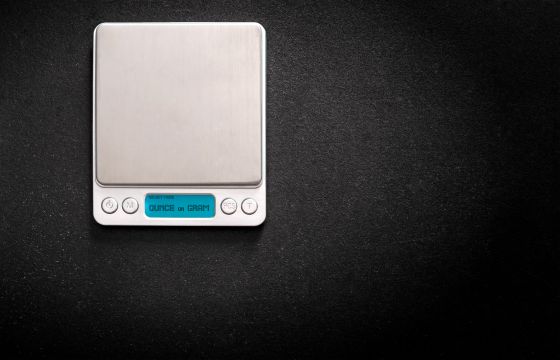The humble gram is a steadfast guardian of precision and accuracy in measurement. This unassuming unit, abbreviated as “g,” is a fundamental pillar of the metric system, representing the quintessential measure of mass.
A gram is a small unit, often overlooked daily, yet it wields enormous power in scientific laboratories, kitchens, and countless other fields. It is the weight of a single cubic centimeter of water, and this precise definition underscores the rigor that grams bring to scientific pursuits. When you peer at a nutrition label, the grams listed there are your allies in understanding the nutritional content of your food, helping you make informed choices for a healthier life.
In the culinary arts, grams are the secret to the perfect recipe. Bakers rely on grams to achieve that ideal balance of flour, sugar, and butter, ensuring that each delicacy emerges from the oven as a masterpiece of taste and texture. The precision of grams allows chefs to create dishes that tantalize the palate and elevate dining to an art form.
In conclusion, while grams may seem unassuming, they are the unsung heroes of measurement, enabling us to explore the depths of science, create culinary delights, and safeguard our health and wealth.
Something interesting about the ounce
In the world of weights and measures, the ounce, represented by the symbol “oz,” is a unit that straddles the line between the familiar and the enigmatic. Originating from the Latin word “uncia,” meaning a twelfth part, the ounce has long played a crucial role in various aspects of our daily lives, often concealed within the subtleties of our routines.
An ounce is a unit of mass that transcends borders and is employed in imperial and customary height techniques. It occupies a unique niche, interweaving tradition and utility. In culinary realms, the ounce is the artisan’s brushstroke, a touch of precision that transforms a simple dish into a culinary masterpiece. The measurement’s subtlety is particularly evident when crafting delicate pastries, where a mere fraction of an ounce can determine the success of a recipe.
In the world of libations, Oz takes on an entirely different persona. Bartenders are the modern-day alchemists, wielding jiggers to measure ounces of spirits with an exactitude that ensures the perfect cocktail. The ounce becomes the alchemical ingredient that can turn a mundane gathering into an unforgettable evening.
Beyond the kitchen and bar, oz finds its place in precious metals and gems. Gold and silver are traded in troy ounces, carrying the weight of centuries of economic history. The allure of these ounces extends beyond their material value; they symbolize wealth, power, and the grandeur of civilizations.
In science and medicine, ounces are essential for dosing medications and measuring fluids. They bridge the art and science of healing; ensuring patients receive the precise care they need.
How to Convert grams to ounces
One must comprehend the connection between these two mass elements to convert grams to ounces. A gram, denoted as “g,” is a metric unit of measurement, while an ounce, symbolized as “oz,” belongs to the imperial system. How many grams are in an ounce? The critical transformation aspect is that grams in an ounce = 1 oz is about 28.35 g. The conversion formula is straightforward:
Ounces (oz) = Grams (g) / 28.35
Now, let’s break down the process into simple steps of grams to oz transformation:
- Determine the portion in g: Begin with the value you want to figure out how many grams in an ounce. One hundred grams of a component.
- Apply the gram to oz transformation instructions: Divide the grams by 28.35. Ounces (oz) = 100 g / 28.35 ≈ 3.53 oz
- Round if necessary: In most practical situations, it’s suitable to round your result to the nearest hundredth of an ounce. In this case, 3.53 ounces would be a reasonable approximation.






![YouTube SEO in 2024 [Definitive Guide]](https://getpixie.com/wp-content/uploads/2024/02/shutterstock_1684828252-1-150x150.jpg)








